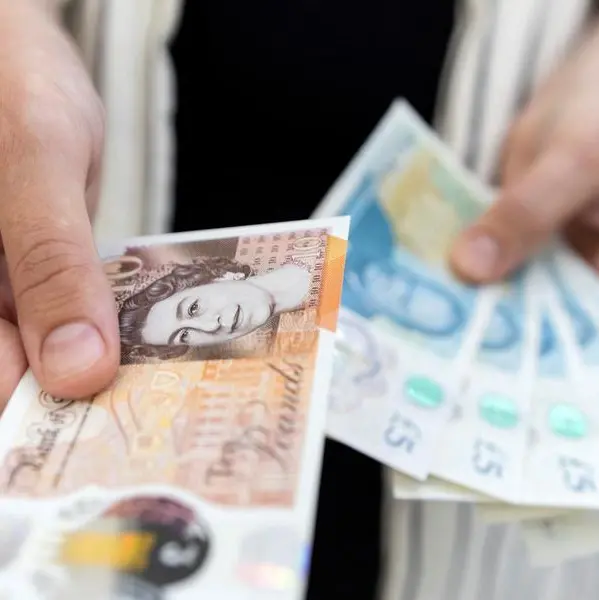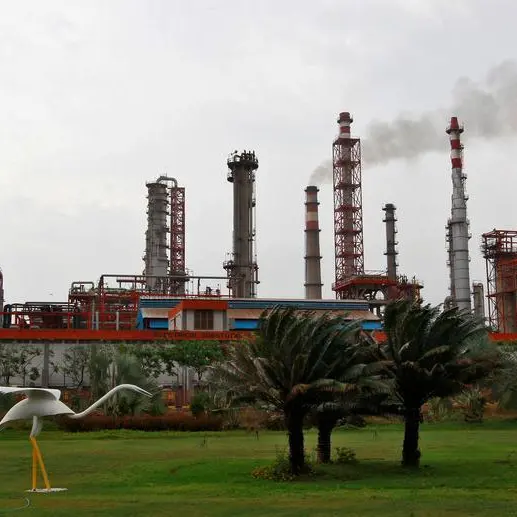Challenging macroeconomic conditions—low interest rates leading to repricing of portfolios, falling oil price and disruptions to economic activities due to COVID-19 lockdowns—led top UAE banks to report lower net profit in Q3 2020.
The net profit of four largest banks—First Abu Dhabi Bank (FAB), Emirates NBD, Abu Dhabi Commercial Bank (ADCB) and Dubai Islamic Bank (DIB)—fell nearly 26 percent to 5.60 billion dirhams in Q3 compared with the same period last year.
However, the performances were well within guidelines and market expectations.
“Despite lower profitability, the banks, generally speaking, were able to keep within market estimates in terms of net income,” Asad Ahmed, managing director at Alvarez and Marsal, told Zawya.
Mohamed Damak, primary credit analyst at S&P, told Zawya that “the decline in profit was part of our base case scenario because of lower lending growth, a drop in interest margin as a result of lower interest rates, and higher cost of risk.”
Higher impairment allowances in anticipation of higher expected credit losses (ECL) took a large bite out of the profits. To mitigate the effects of a coronavirus-related slowdown, the UAE Central Bank has required banks to apply a prudential filter to IFRS 9 expected loss provisions.
“The central bank had asked the banks to apply a prudential filter and this indeed will have had a beneficial impact on the level of provisions; this allows those customers who can weather the COVID impact to continue to be “performing”, and it also assists in a more balanced approach to provisioning,” said Ahmed.
According to him, total provisioning of the four banks has increased 35 percent y-o-y to 3.4 billion dirhams. However, on a sequential basis, provisioning fell 7 percent.
Damak said the regulatory forbearance measures enacted by the Central Bank have pushed the recognition of problematic assets to 2021. “We expect the authorities to withdraw the forbearance measures progressively to maintain confidence and avoid major repercussions for the banking system.”
Scorecard
For the biggest bank in the UAE, First Abu Dhabi Bank, Q3 fell 19 percent y-o-y to 2.50 billion dirhams. Impairment charges in the quarter were 504 million dirhams, up 7 percent from the year earlier. Net interest income fell 14 percent to 2.85 million dirhams from 3.33 million dirhams. Net interest margin (NIM) fell to 1.62 percent y-o-y from 2.17 percent.
Dubai's biggest bank, Emirates NBD’s Q3 net profit slumped 69 percent to 1.56 billion dirhams. Its impairment charges soared to 41 percent to 2.15 billion dirhams in the quarter from 1.52 billion dirhams in the year-ago period. Net interest income fell 3 percent y-o-y and NIM was down 35 bps. NPL ratio increased to 6 percent in Q3-20.
At Dubai Islamic Bank, Q3 net profit fell 20 percent to 1 billion dirham, slightly below expectations. Impairment charges rose 60 per cent to over 530 million dirhams y-o-y.
Net income from Islamic financing and investments fell 9 percent y-o-y to 2.44 billion dirhams. Operating expenses increased 16 per cent to 664 million dirham.
ADCB’s Q3 net profit fell 3 percent to 1.36 billion dirhams y-o-y. Net impairment charges for the third quarter was AED 504 million compared to AED 572 million in the year-ago period. The UAE's third-biggest lender made 148 million dirhams in impairment charges related to troubled NMC Health, Finablr and associated firms.
Net interest and Islamic financing income fell 9 percent y-o-y to AED 2.28 billion. NIM held firm at 2.59 percent.
For all four banks net interest incomes dropped as key interest rate cuts fed through to the loan book. This was largely expected. “Banks have a large portion of non-interest bearing deposits in their funding profile and on the assets side, saw a drop in the yield on their assets because of the drop in global interest rates and the peg of the UAE Dirham to the US$,” said Damak.
Shayne Nelson, group CEO, Emirates NBD, had said in the bank’s earnings call that margin compression was starting to flatten out, and he expected NIMs to close the year at the top end of the guidance of between 2.55 percent to 2.65 percent.
Meanwhile, lending growth slowed to 7.1 percent y-o-y compared to 17.7 percent y-o-y in Q1 and 19 percent y-o-y in Q2.
Higher Cost of Risk
Cost of risk, however, increased substantially for all banks impacting their profitability. According to Ahmed, the cost of risk has increased by approximately 20 bps y-o-y, and this was substantially driven by NPLs. “We expect that a continued economic pressure, longevity of COVID effects and real estate overcapacity will likely result in higher NPLs.”
Damak said he expects ROA to reach 0.8 percent in 2020 on average vs. 1.5 percent in 2019. “We expect NPLs to increase in 2020 to around 6.1 percent as some companies have already defaulted or transitioned to Stage 3 (construction, healthcare, etc.) and to increase further to 8.1 percent in 2021 once regulatory forbearance measures are removed.”
The top banks, except DIB which was completing the acquisition and consolidation of Noor Bank, have managed to keep cut operating expenses. According to Ahmed, the combined opex of the banks has decreased 5.2 percent y-o-y. “Despite the decline in opex, cost-to-income ratio has increased for the above four banks by 1 percentage points y-o-y … to 31.7 percent in Q3’20, on account of lower operating income…,” he said.
According to Damak: “Generally, we think that costs will remain stable or decline slightly and see cost to income as positive for the profitability of UAE banks and GCC banks in comparison with peers in more developed countries because of the low cost of labour, the absence of taxes or social contributions, and relatively small branch networks. Banks have also been leveraging technology to cut costs.”
On the whole, said Ahmed, despite relatively tough economic conditions, the UAE banking sector is robust. “The larger banks have high CARs, well above the Central Bank requirements and are well capable of passing through this economic down cycle.”
“The risks are rather to the downside because of the uncertainty related to COVID-19 and oil price,” S&P’s Damak added.
(Reporting by Brinda Darasha; editing by Seban Scaria)
Disclaimer: This article is provided for informational purposes only. The content does not provide tax, legal or investment advice or opinion regarding the suitability, value or profitability of any particular security, portfolio or investment strategy. Read our full disclaimer policy here.
© ZAWYA 2020











